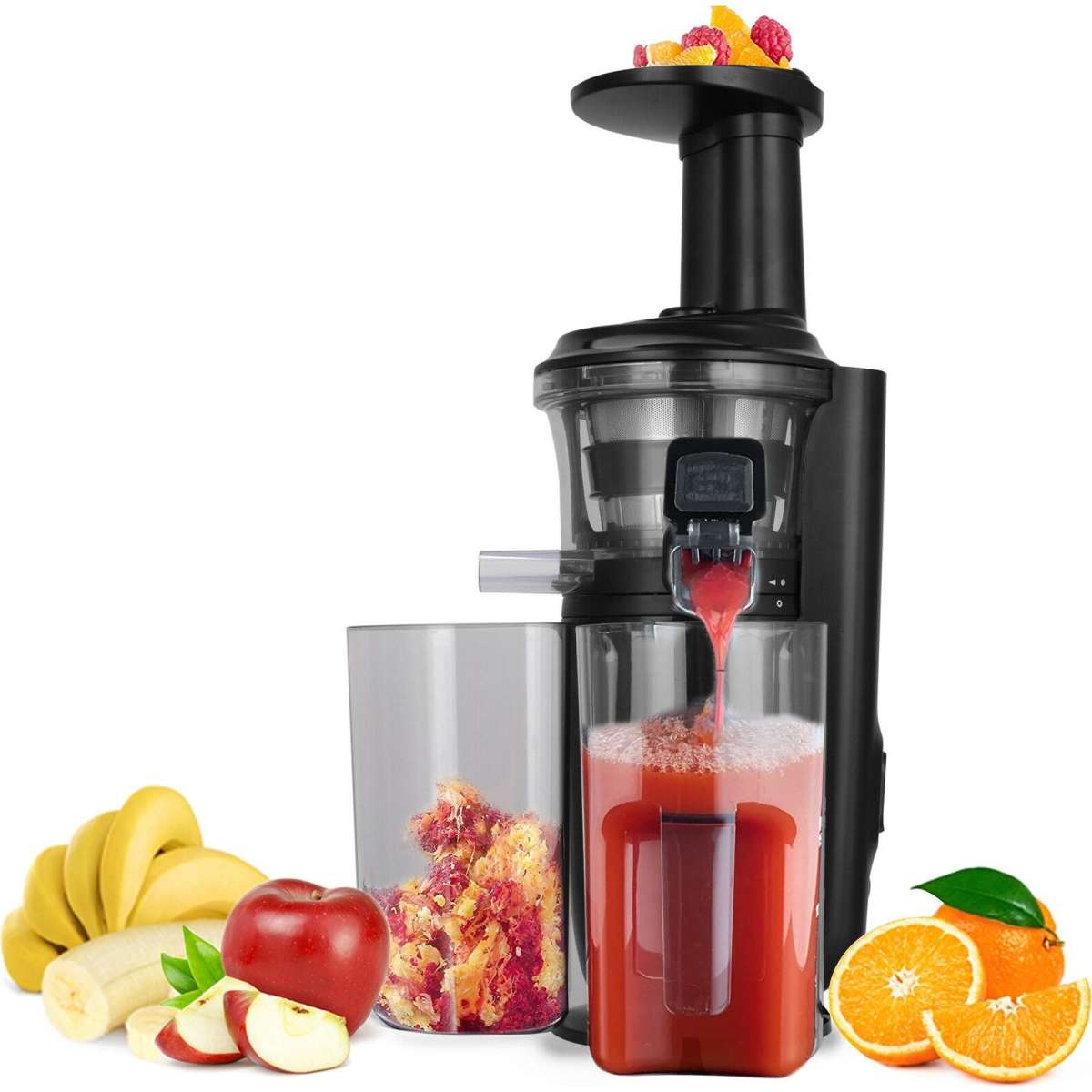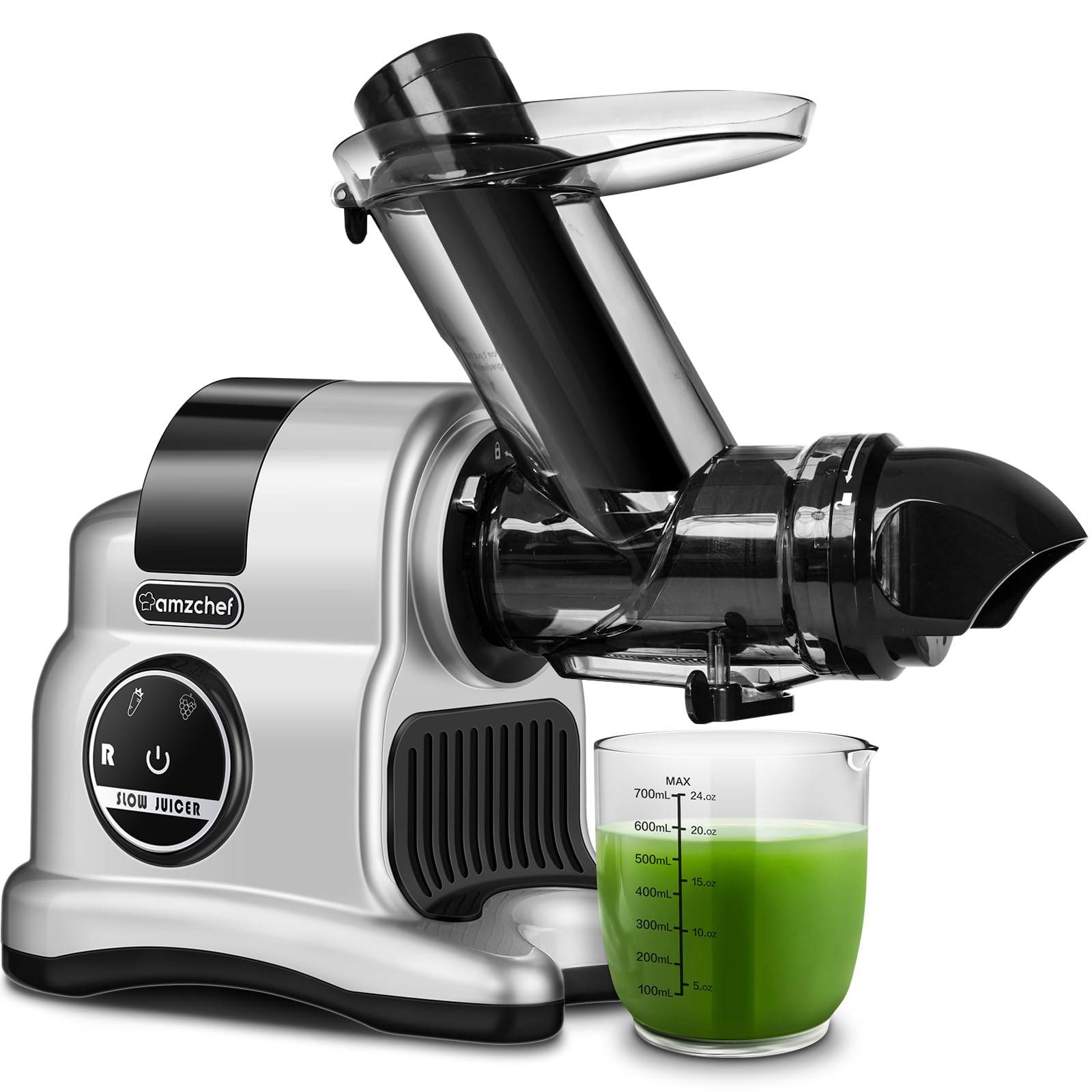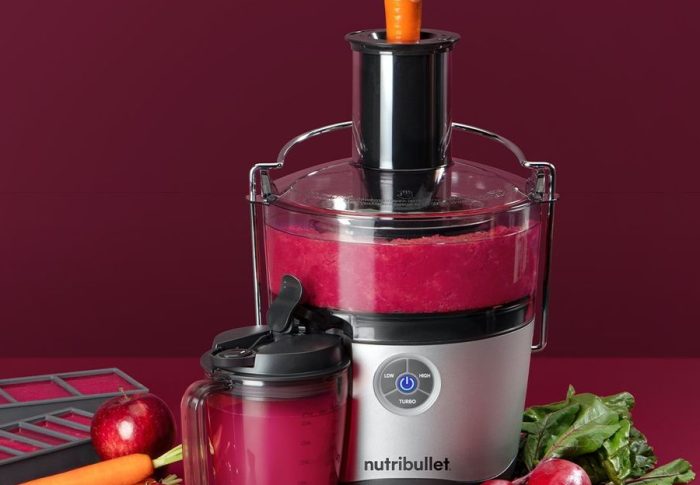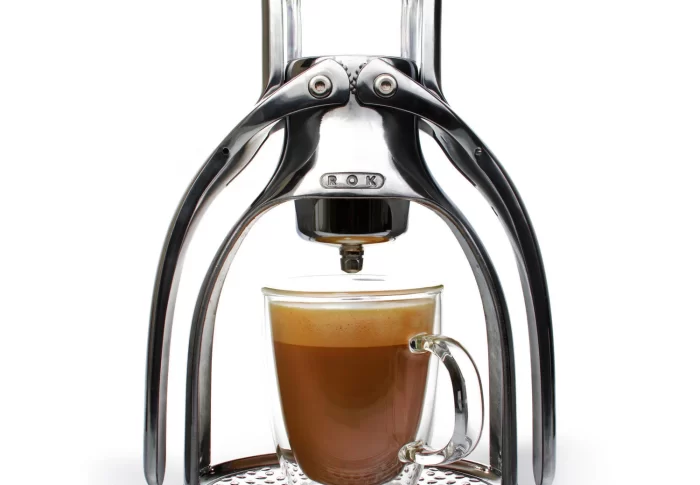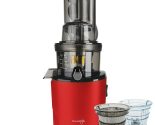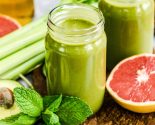
Slow Juicer vs Fast Juicer: A Comprehensive Guideline
Juicing has gained immense popularity over the past decade, with people seeking to improve their health and incorporate more fresh fruits and vegetables into their diets. When it comes to choosing a juicer, two main types dominate the market: slow juicers and fast juicers. Each type has its own advantages and disadvantages, which can influence the quality of juice produced and the overall juicing experience. In this article, we will delve into the differences between slow juicers and fast juicers, explore their working mechanisms, benefits, drawbacks, and ultimately help you make an informed decision on which type is best for your needs.
Understanding the Mechanics
How Slow Juicers Work
Slow juicers, also known as masticating juicers, operate at a lower speed, usually under 100 RPM (revolutions per minute). These juicers extract juice by crushing and grinding the fruits and vegetables rather than shredding them. This process ensures that the juice retains a higher nutrient value and flavor. The slow juicing mechanism involves the following steps:
- Crushing: The juicer’s auger slowly crushes the produce, breaking down the cell walls to release juice.
- Masticating: The crushed pulp is masticated to extract more juice, leaving drier pulp.
- Separation: The juice and pulp are separated within the juicer, allowing you to enjoy smooth, nutrient-rich juice.
How Fast Juicers Work
Fast juicers, commonly referred to as centrifugal juicers, utilize high-speed spinning blades to chop and spin the fruits and vegetables to extract juice. This method operates at speeds ranging from 1,000 to 16,000 RPM. The centrifugal force created by the spinning blades helps separate the juice from the pulp, and the functioning can be broken down into these steps:
- Chopping: Whole fruits and vegetables are fed into the juicer, where they are chopped into smaller pieces by rapidly spinning blades.
- Spinning: The chopped material is then subjected to centrifugal force, which separates the juice from the pulp through a mesh sieve.
- Output: The juice flows out through a spout, while the pulp is collected in a separate container.
Juice Quality
Nutrient Retention
When it comes to nutrient retention, slow juicers have a clear advantage. The low-speed extraction process minimizes oxidation and heat generation, preserving the essential vitamins, minerals, and enzymes found in fresh produce. Studies have shown that juice extracted from slow juicers contains significantly more antioxidants and nutrients compared to juice made with fast juicers.
On the other hand, the high-speed operation of fast juicers can lead to greater oxidation. The heat generated during the juicing process can further degrade delicate nutrients, particularly vitamins like Vitamin C and some B vitamins. Therefore, if nutritional value is a top priority in your juicing routine, a slow juicer is the preferable choice.
Juice Consistency and Flavor
Another factor to consider is the consistency and flavor of the juice produced. Slow juicers generally produce juice that is thicker and richer in texture, allowing for a more enjoyable drinking experience. The masticating process results in juice that has less foam and pulp, making it smoother and easier to digest.
Fast juicers often produce juice that can be frothy and may contain more pulp. While some people enjoy this texture, others may prefer the cleaner, smoother consistency achievable with slow juicers. Additionally, the flavor of juice from slow juicers is often considered superior due to their ability to extract juice more efficiently without compromising taste.
Speed and Convenience
Juicing Speed
One of the primary advantages of fast juicers is their speed. If you lead a busy lifestyle and need to prepare juice quickly, a fast juicer can be a game-changer. You can throw whole fruits and veggies into the machine, and within seconds, a glass of juice is ready. The time-saving aspect of fast juicers can be a significant factor for people who may not have the luxury of spending a prolonged time on juicing.
In contrast, slow juicers require more time for the extraction process, including preparation. The need to chop produce into smaller pieces can add extra steps to your routine. While some may view this as a drawback, others find the process meditative and enjoyable. The slower pace also allows for a more thoughtful approach to nutrition, prompting users to consider the ingredients they are using.
Cleaning and Maintenance
Another factor to examine when comparing slow juicers vs fast juicers is cleaning and maintenance. Fast juicers have fewer parts and are generally easier to clean because of their straightforward design. The quick assembly and disassembly allow for rapid cleaning, making them more convenient for those who want a hassle-free experience.
On the other hand, slow juicers can have more components, including multiple filter screens and augers, which can complicate the cleaning process. However, many modern slow juicers have been designed with ease of cleaning in mind. Some even feature self-cleaning functions, which can reduce the time and effort required for maintenance. It’s essential to consider how much time you’re willing to invest in cleaning your juicer after each use.
Versatility in Juicing
Types of Produce
When it comes to versatility, slow juicers are typically more adept at handling different types of produce, including leafy greens, hard vegetables, nuts, and wheatgrass. Their masticating action can extract juice from fibrous vegetables and leafy greens that fast juicers often struggle with. If you want to create a variety of juices, smoothies, or even nut butters, a slow juicer provides greater flexibility.
Fast juicers excel with soft fruits and hard vegetables, making them suitable for those who primarily juice apples, oranges, or carrots. However, given their design, they may not perform as well with leafy greens or softer fruits, which could result in less juice extraction.
Price and Investment
The price of juicers can vary significantly, especially when comparing slow juicers and fast juicers. Generally, fast juicers are more affordable, with many budget-friendly options available for those just starting their juicing journey. They offer an accessible entry point into the world of juicing.
On the other hand, slow juicers often come with a higher price tag. However, investing in a good-quality slow juicer can pay off in the long run, considering the enhanced juice quality and versatility. If you juice regularly and prioritize health benefits, it might be worthwhile to consider spending a bit more on a durable, efficient slow juicer that delivers superior results.
Health Considerations
Health Benefits of Juicing
Both slow juicers and fast juicers can contribute to a healthier lifestyle, but they offer different health benefits. The fresh juice extracted from either method serves as a concentrated source of vitamins, minerals, and antioxidants, aiding in hydration and providing essential nutrients in a convenient form.
Juicing tends to appeal to those trying to increase their intake of fruits and vegetables. However, if your goal is to maximize nutrient retention and juice quality, slow juicers provide a better option. Their ability to produce nutrient-dense juice can lead to improved overall health benefits, including better digestion, higher energy levels, and enhanced immune function.
Possible Downsides
It’s important to recognize that both juicing methods come with their own potential downsides. Fast juicers may lead to higher oxidation rates, resulting in reduced nutrient quality over time. Additionally, rapid juicing can lead to a more significant loss of pulp fiber, potentially diminishing the health benefits associated with fiber consumption.
Slow juicers, while more effective at extracting nutrients, can be more expensive upfront and require a commitment of time for both juicing and cleanup. It’s crucial to weigh these downsides against your personal preferences and juicing goals.
 Final Thoughts on Slow Juicer vs Fast Juicer
Final Thoughts on Slow Juicer vs Fast Juicer
Ultimately, the decision between slow juicer and fast juicer hinges on your individual needs, lifestyle, and priorities. Slow juicers excel in preserving nutrients, offering greater versatility, and producing high-quality juice. If your focus is on maximizing health and you have the time to dedicate to juicing, a slow juicer may be worth the investment.
Conversely, if you’re looking for convenience, speed, and affordability, a fast juicer can serve you well and get you started on your juicing journey. As you contemplate the best option, remember to consider your health goals, the types of juice you wish to prepare, and the amount of time you can realistically commit to juicing.

